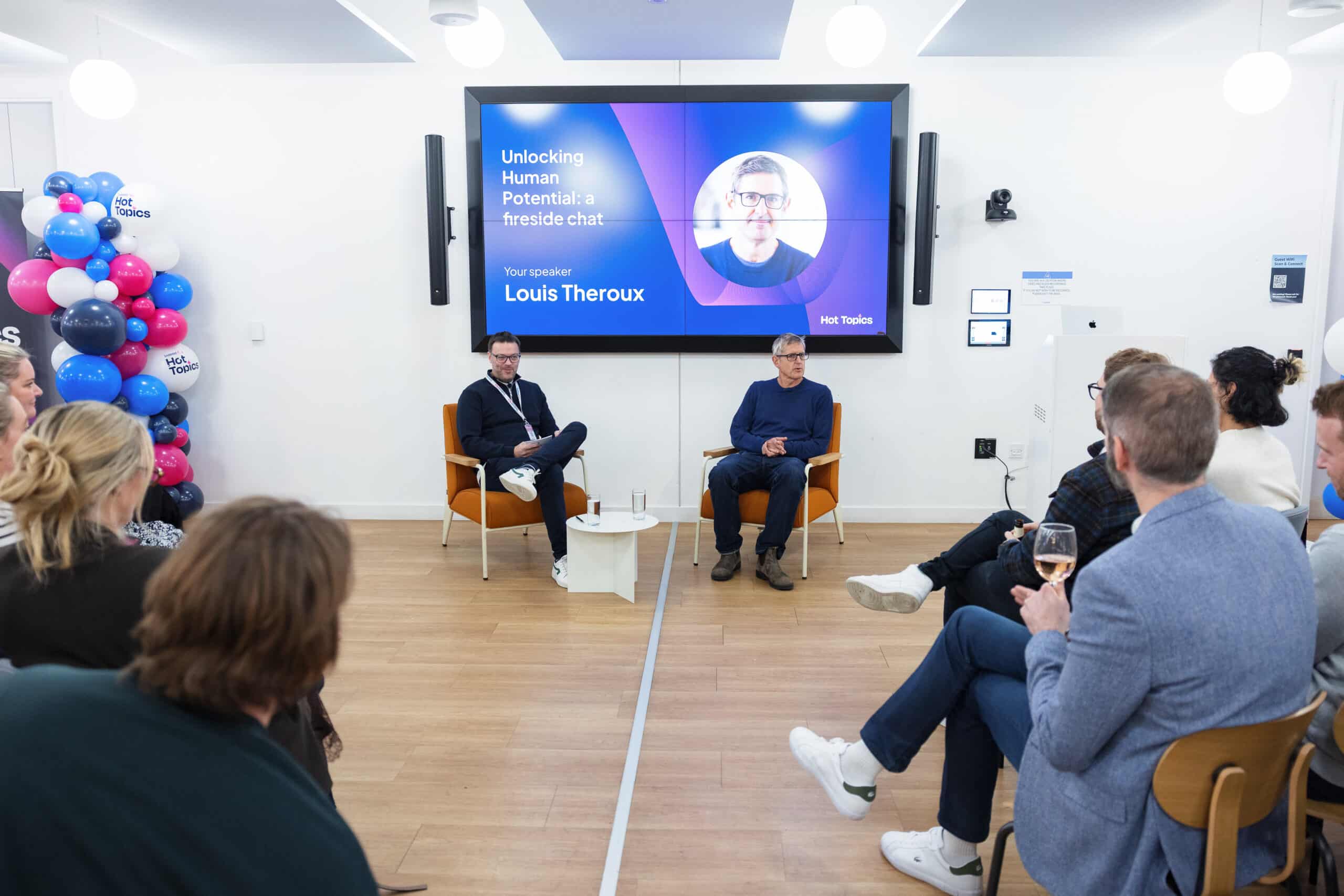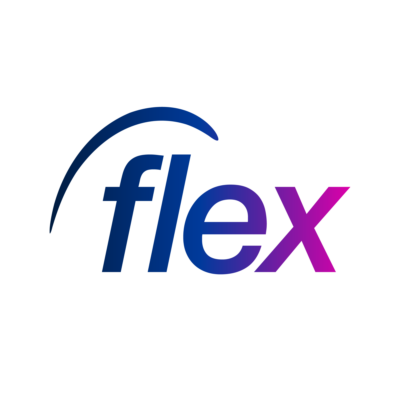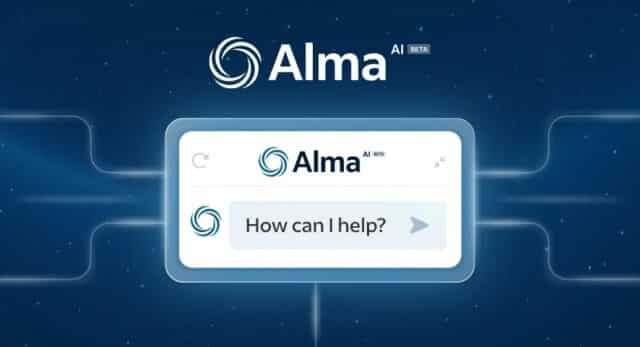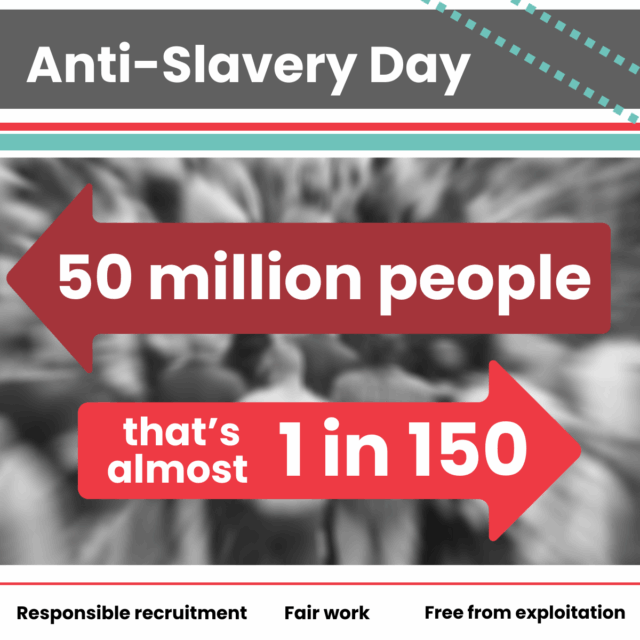
Recently, industry leaders joined us in our London office for Hot Topics: Peak Execution. With peak season underway and workforce strategies under pressure, the day tackled the big questions: how to plan smarter, respond faster, and use technology without losing the human touch.
Here are the top five things we learnt.
1. The labour market is cooling, but uncertainty remains
The latest UK data shows unemployment edging up, while demand in retail and logistics remains steady. But with inflation, rising wages, and shifting policies, workforce planning remains unpredictable.
Highlights included:
- Contingent labour already makes up 20% of the UK workforce, with 65% of leaders planning to expand usage.
- 81% of C-suite leaders now put cost control above all other priorities.
- Many organisations still lack the visibility and tools needed to make informed workforce decisions.
Panel insights:
- Following the pandemic, many businesses that cut too deeply are now experiencing talent shortages – prompting a rise in “labour hoarding” and renewed focus on workforce visibility
- Cross-functional collaboration between HR and Procurement remains the missing link for many. Visibility across both permanent and contingent talent is now critical for agility.
Takeaway: Agility is a strategic advantage. Build flexibility into planning and stay close to real-time labour signals.
2. Early planning makes peak easier (and more cost-effective)
Data and case studies showed how proactive planning can make-or-break peak. Posting shifts earlier, focusing on onboarding, and building reliable worker pools all directly improve fulfilment rates and reduce costs.
Highlights included:
- Posting shifts 10+ days in advance increases fill rates by 30%.
- Retaining worker pools delivers ~95% fulfilment.
- Small incentives and recognition strengthen engagement and loyalty.
Panel insights:
- Treat peak as a capability, not a date – the best-performing businesses plan for fluctuation year-round and use partners who can flex with them.
- Data-led forecasting is key: analysing historical trends and workforce performance helps leaders predict demand and allocate talent more effectively.
Takeaway: Start early, retain your best workers, and build resilience before demand hits.
3. Procurement must move from transactional to strategic
Procurement came up as a function with untapped potential to transform workforce management. Too many organisations still juggle fragmented suppliers and manual processes, creating cost and visibility gaps.
Highlights included:
- 58% of C-suite leaders cite lack of centralisation as their biggest workforce management barrier.
- 47% say cost savings are the number-one driver for change.
- Consolidation + better data = lower costs, higher performance.
Panel insights:
- Direct sourcing is accelerating thanks to new technology – expected to grow from 5% of contingent spend today to 25% within a decade.
- Forward-thinking Procurement teams are reframing talent acquisition around a “buy, build, borrow, bot” model, combining data, partners, and automation to stay ahead of demand.
Takeaway: Move beyond transactional supply. Strategic partnerships and centralised visibility unlock cost control and agility.
4. Workforce strategy must adapt to global and technological shifts
The workforce landscape is changing fast, shaped by economic headwinds and the rise of AI. Employers are leaning more on contingent labour while adopting technologies that boost efficiency and resilience.
Highlights included:
- 41% of employers are increasing reliance on contingent labour.
- Skills on the rise: AI literacy, resilience, creative thinking, and empathy.
- Leaders blend flexible staffing with better data and forecasting.
Panel insights:
- Attributes-based hiring is becoming essential as roles evolve faster; focusing on key outcomes and behaviours creates stronger long-term hires.
- “Recruit, train, deploy” and apprenticeship models are helping organisations build their own talent pipelines – ensuring access to scarce technical skills.
Takeaway: The future is blended. Permanent and temporary talent, supported by stronger data and partnerships.
5. AI is no longer hype, it’s a workforce advantage
While many generative AI pilots fail, the success stories pair AI with human judgment. The biggest wins: reducing admin, improving fairness, and giving managers more time for people.
Highlights included:
- AI-assisted hiring can make candidates ~12× more likely to be placed.
- Recruiters save up to ~17 hours/week on search, screening, and admin.
- AI assistants support managers and workers, simplifying scheduling and improving retention.
Panel insights:
- The balance is “digital when you want, people when you need” – AI is a powerful enabler, but human oversight is vital for compliance and candidate experience.
- Regulation is catching up fast: from the EU AI Act to the UK Employment Rights Bill, organisations must understand their obligations and audit how AI fits into their risk profile.
Takeaway: AI works best as a force multiplier for human decision-making, making workforce management faster, fairer, and more human.
Final thoughts
Hot Topics showed just how much the workforce landscape is changing. From economic headwinds and cost pressures to the opportunities of AI, one message was clear: resilience, agility, and innovation will define success into 2026.
With rising employment costs, unpredictable demand, and new technology reshaping the way we work, strategies can’t be static. They need to be flexible, data-led, and built around people as much as processes.








